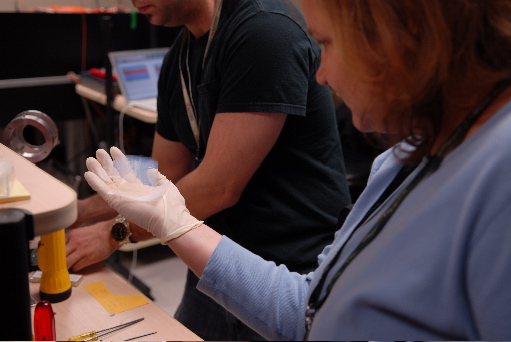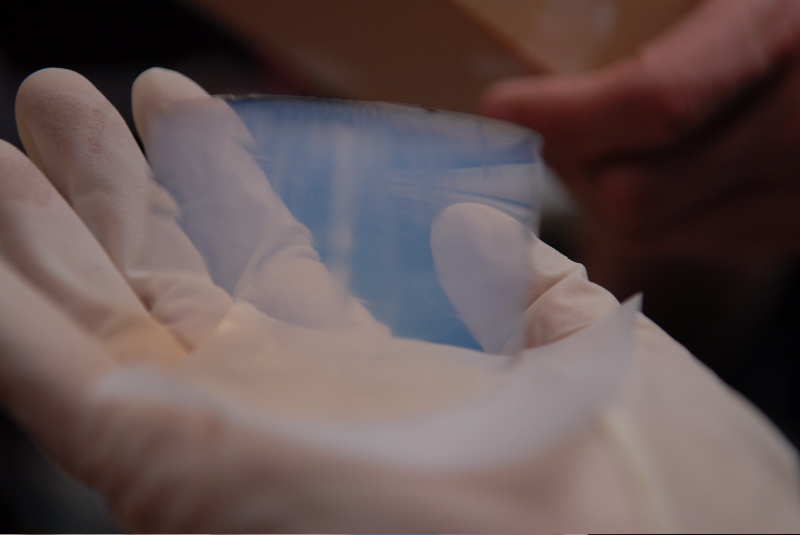
Welcome to the PISALE Site

Aerogel Capture
.png)
University of Hawai‘i
The PISALE codebase contains a partial differential equation (PDE) solver framework based on the combined methods of ALE (Arbitrary Lagrangian Eulerian) dynamics and structured AMR (Adaptive Mesh Refinement). The PISALE code uses an explicit time-marching Lagrange step to advance the flow-field through a physical time step. The optional second phase involves a modification of the grid and a remapping (interpolation) of the solution to the new grid. The solution of PDEs on modern high performance computing (HPC) platforms is essential to the continued success of research and modeling for a wide variety of areas. The PISALE code name comes from the acronym Pacific Island Structured-AMR with ALE. (In some earlier papers, the code is called ALE-AMR as it was one of the first codes to combine those two methods.) There are several branches of PISALE to deal with disparate applications.

This project involves further development of the PISALE Codebase for coastal aquifer management. Find the first proceedings here. This material includes work supported by the National Science Foundation.

Published experimental and computational studies of fragmentation of solids will aid in this new project, such as this paper. This material includes work supported by the Office of Naval Research.
